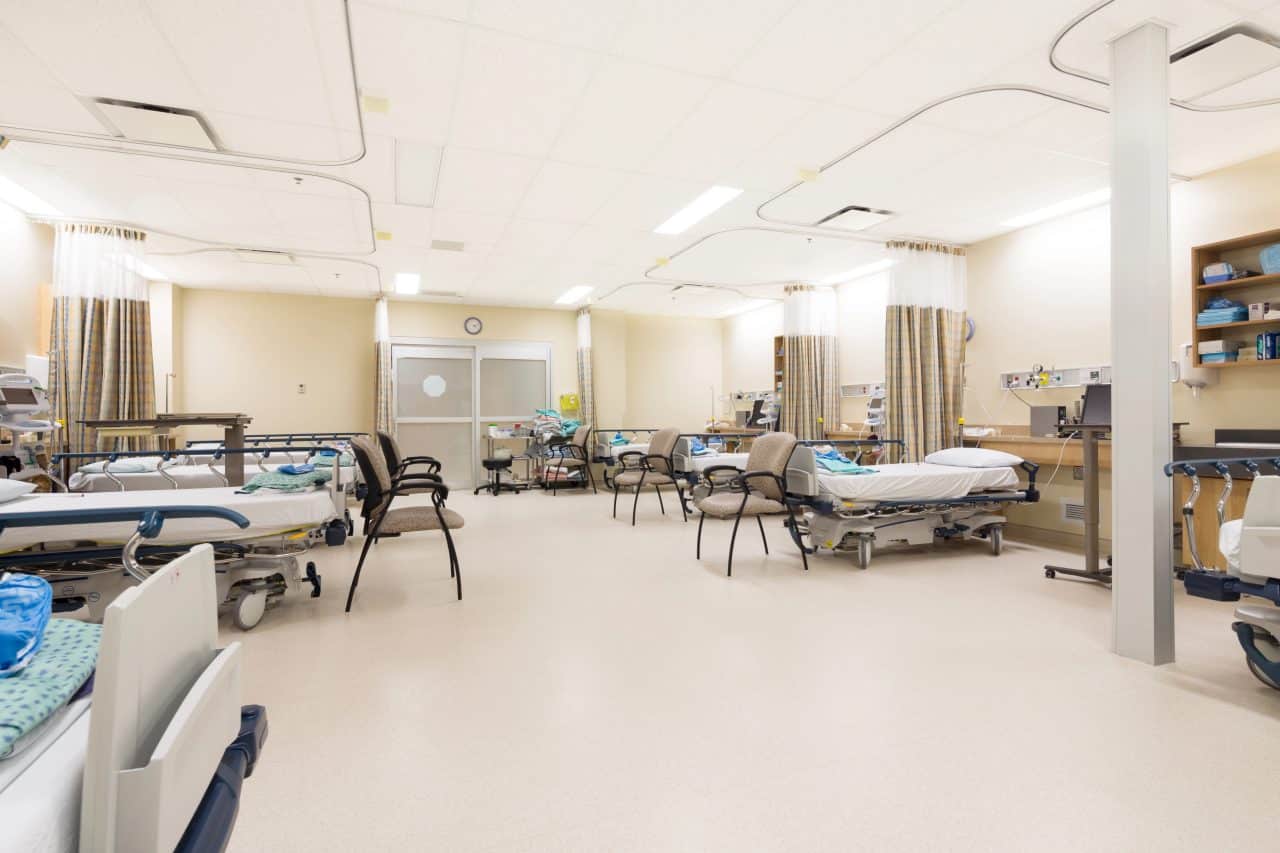Building New Healthcare Facilities: Connected, Smart, Efficient, Flexible and Secure

There are few moments in a healthcare organization’s history where the clarity of its mission and vision are more aligned than when building a new facility. It’s a time where everyone’s involved; the engagement of local communities, boards, physicians and staff are at its peak. Along with the eagerness to build for the future are realities of costs, risks and technology.
New 21st century healthcare facilities are now as complex and digitally advanced as any new construction project in any industry. Every element of care delivery, diagnostic and support services, and the patient experience are tied to the technology strategy. Innovation in healthcare is now tightly linked to enabling technology. Leading institutions seize the advent of a new facility as a means to differentiate their organization from competitors, make step-function improvements quality and efficiency, and deepen patient engagement.
Healthcare design and construction is on the rise. At the end of calendar year 2015, $100B of projects were under construction or in late planning stages. The scope of these projects are focused on new buildings or expansion of existing space, modernization of current buildings, and ambulatory care growth beyond traditional healthcare campuses.
Specifically, the key drivers for new facility growth include:
- Right care in the right setting;
- Modernized and technology-ready;
- Cost-effective and sustainable;
- Competitive and brand-enhancing;
- Patient-centered and family-friendly.
The use of information technology is a key enabler of the new facility vision. Given how pervasive technology is to the design of new buildings, a holistic and comprehensive approach is required in early stage design to achieve the ultimate vision.
Attributes that describe the technology strategies for new buildings include:
- Connected, Smart and Secure. The rise of healthcare internet of things (IOT), notably the rapid growth of intelligent and connected biomedical and sensor devices, drives a technology design for new buildings where every device is assumed to be connected and intelligently interacting with the network. This requires well-defined standards for information interoperability and security for all technology systems in the new building.
- Designed Digitally with use of “Design Thinking.” With the growing adoption of a 3D building design tool known as Building Information Modeling (BIM), the architects design is now “digitally native” where all physical aspects of the building, including technology, are rendered as digital objects. For Design Thinking, which promotes the understanding of the end-user experience, BIM enables early stage prototyping though computer-based simulation of clinical workflows and the patient experience. We now have the opportunity to engage with users to simulate day-to-day operations and performance metrics in advance of finalizing building design and beginning construction.
- Agile, Flexible and Anticipates Change. To assure that technology systems and services can adapt as care models change, we need to design with flexibility in mind as technology and the use of space will surely change.
- Designed to be part of the Connected Health Enterprise. New buildings will seek to leverage technology standards of the broader healthcare enterprise enabling economies of scale in technology use. Standardization of technology systems sets forth a consistent and reliable flow of information for all settings of care. In addition, as health systems grow through consolidation and affiliation, new buildings will become part of an interconnected patient care services model outreaching to ambulatory care settings, physician clinics and directly with patients
- Sight-line to Vision and Value. The capital investment and human commitment to advance new facilities is a significant undertaking for any organization. Therefore, the commitment must be aligned with stakeholder expectations of value and advancement of institutional vision. A new facility alone is necessary but not sufficient: people, process and technology are the engine of healthcare delivery innovation.
Summary
At Impact Advisors, we have a proven methodology for new facility technology planning and an experienced team working with clients from the early stage of design through building activation. It is an exciting time to bring our knowledge of healthcare and technology together with the vision of our clients to build the next generation of new facilities.
























